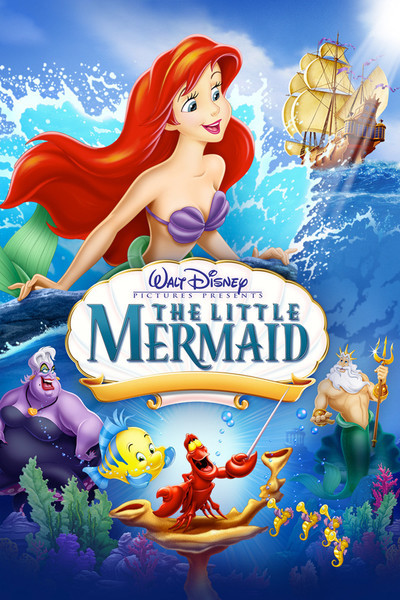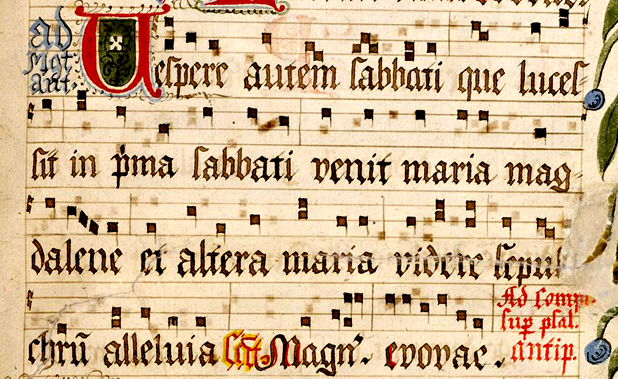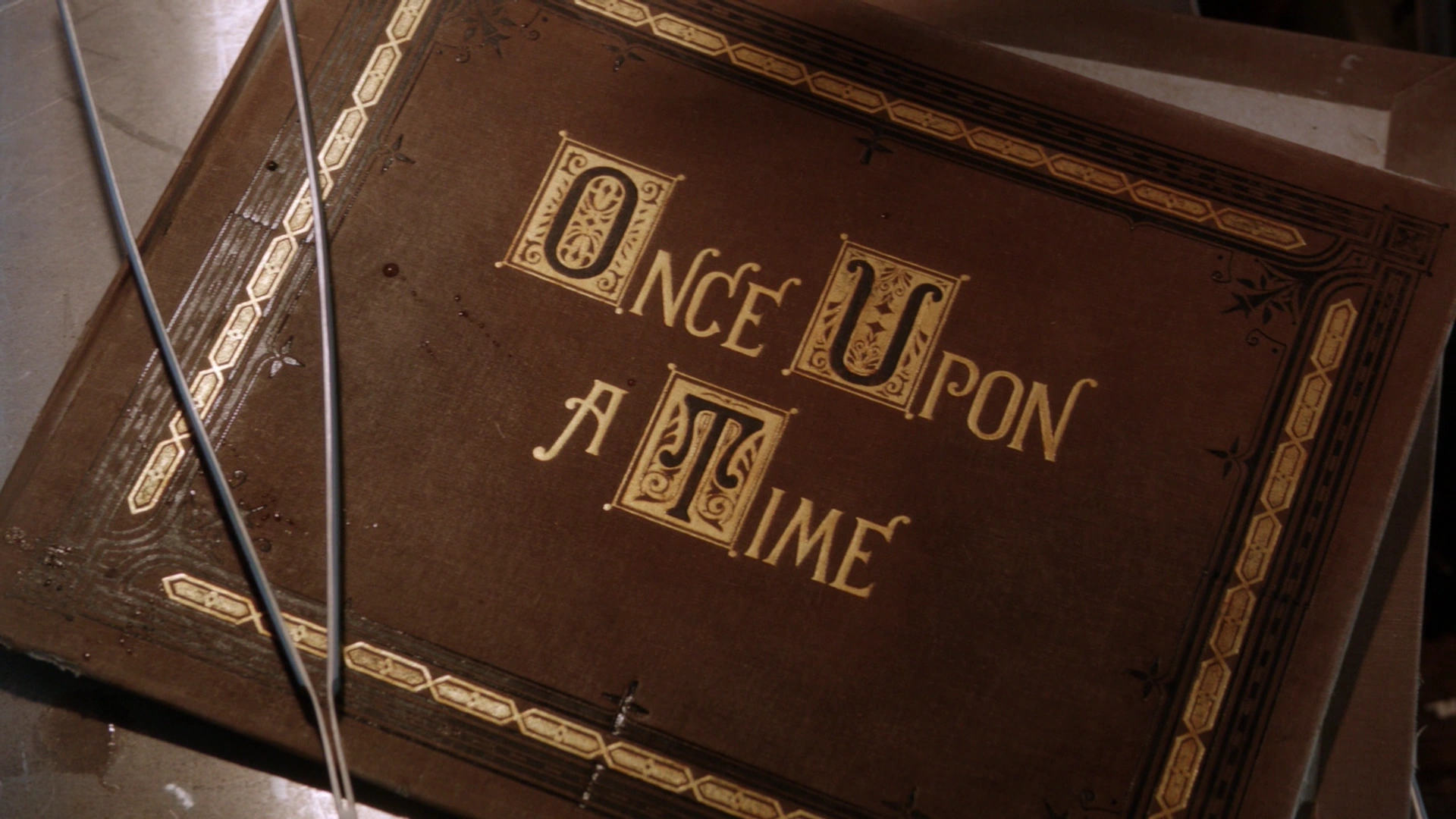
Hans Christian Andersen (/ˈhɑːnz ˈkrɪstʃən ˈændərsən/; Danish: [hanˀs ˈkʰʁæsd̥jan ˈɑnɐsn̩] ( listen); often referred to in Scandinavia as H. C. Andersen; 2 April 1805 – 4 August 1875) was a Danish author. Although a prolific writer of plays, travelogues, novels, and poems, Andersen is best remembered for his fairy tales. Andersen's popularity is not limited to children; his stories, called eventyr in Danish, express themes that transcend age and nationality.
listen); often referred to in Scandinavia as H. C. Andersen; 2 April 1805 – 4 August 1875) was a Danish author. Although a prolific writer of plays, travelogues, novels, and poems, Andersen is best remembered for his fairy tales. Andersen's popularity is not limited to children; his stories, called eventyr in Danish, express themes that transcend age and nationality.
Andersen's fairy tales, which have been translated into more than 125 languages,[1] have become culturally embedded in the West's collective consciousness, readily accessible to children, but presenting lessons of virtue and resilience in the face of adversity for mature readers as well.[2] Some of his most famous fairy tales include "The Emperor's New Clothes", "The Little Mermaid", "The Nightingale", "The Snow Queen", "The Ugly Duckling", "Thumbelina", and many more.
His stories have inspired ballets, animated and live-action films, and plays.[3]
The Princess and the pea.

"The Princess and the Pea" (Danish: "Prinsessen paa Ærten"; literal translation: "The Princess on the Pea")[1] is a literary fairy tale by Hans Christian Andersen about a young woman whose royal identity is established by a test of her physical sensitivity. The tale was first published with three others by Andersen in an inexpensive booklet on 8 May 1835 in Copenhagen by C. A. Reitzel.
Andersen had heard the story as a child, and it likely has its source in folk material, possibly originating from Sweden, as it is unknown in the Danish oral tradition.[1] Neither "The Princess and the Pea" nor Andersen's other tales of 1835 were well received by Danish critics, who disliked their casual, chatty style and their lack of morals.[2]
In 1959 "The Princess and the Pea" was adapted to the musical stage in a production called Once Upon a Mattress starring Carol Burnett.
The Little Mermaid.

"The Little Mermaid" (Danish: Den lille havfrue) is a fairy tale by the Danish author Hans Christian Andersen about a young mermaid who is willing to give up her life in the sea and her identity as a mermaid to gain a human soul.
The tale was first published in 1837 and has been adapted to various media, including musical theatre and an animated film.
The Ugly Duckling.
"The Ugly Duckling" (Danish: Den grimme ælling) is a literary fairy tale by Danish poet and author Hans Christian Andersen (1805–1875). The story tells of a homely little bird born in a barnyard who suffers abuse from the others around him until, much to his delight (and to the surprise of others), he matures into a beautiful swan, the most beautiful bird of all. The story is beloved around the world as a tale about personal transformation for the better.[1] “The Ugly Duckling” was first published 11 November 1843, with three other tales by Andersen in Copenhagen, Denmark to great critical acclaim. The tale has been adapted to various media including opera, musical, and animated film. The tale is completely Andersen's invention and owes no debt to fairy tales or folklore.
Chant.

A chant (from French chanter,[1] from Latin cantare, "to sing")[2] is the rhythmic speaking or singing of words or sounds, often primarily on one or two main pitches called reciting tones. Chants may range from a simple melody involving a limited set of notes to highly complex musical structures, often including a great deal of repetition of musical subphrases, such as Great Responsories and Offertories of Gregorian chant. Chant may be considered speech, music, or a heightened or stylized form of speech. In the later Middle Ages some religious chant evolved into song (forming one of the roots of later Western music).
Gregorian Chant.

Gregorian chant is the central tradition of Western plainchant, a form of monophonic, unaccompanied sacred song of the western Roman Catholic Church. Gregorian chant developed mainly in western and central Europe during the 9th and 10th centuries, with later additions and redactions. Although popular legend credits Pope St. Gregory the Great with inventing Gregorian chant, scholars believe that it arose from a later Carolingian synthesis of Roman chant and Gallican chant.
Gregorian chants were organized initially into four, then eight, and finally 12 modes. Typical melodic features include a characteristic ambitus, and also characteristic intervallic patterns relative to a referential mode final, incipits and cadences, the use of reciting tones at a particular distance from the final, around which the other notes of the melody revolve, and a vocabulary of musical motifs woven together through a process called centonization to create families of related chants. The scale patterns are organized against a background pattern formed of conjunct and disjunct tetrachords, producing a larger pitch system called the gamut. The chants can be sung by using six-note patterns called hexachords. Gregorian melodies are traditionally written using neumes, an early form of musical notation from which the modern four-line and five-line staff developed.[1] Multi-voice elaborations of Gregorian chant, known as organum, were an early stage in the development of Western polyphony.
Roman Catholic Church.

The Catholic Church, also known as the Roman Catholic Church, is the largest Christian church, with more than 1.27 billion members worldwide.[2] As one of the oldest religious institutions in the world, it has played a prominent role in the history of Western civilisation.[3] Headed by the Bishop of Rome, known as the pope,[4] its doctrines are summarised in the Nicene Creed. The Catholic Church is notable within Western Christianity for its sacred tradition and seven sacraments.
The Catholic Church teaches that it is the one true church founded by Jesus Christ,[5][note 1][8] that its bishops are the successors of Christ's apostles, and that the pope is the successor to Saint Peter.[9] The Catholic Church maintains that the doctrine on faith and morals that it declares as definitive is infallible.[10][note 2] The Latin Church, the Eastern Catholic Churches, as well as institutes such as mendicant orders and enclosed monastic orders, reflect a variety of theological and spiritual emphases in the Church.
Scandinavia.
Scandinavia[a] /ˌskændᵻˈneɪviə/ is a historical and cultural region in Northern Europe characterized by a common ethnocultural North Germanic heritage and mutually intelligible North Germanic languages.[2]
The term Scandinavia always includes the mainlands of the three kingdoms of Denmark, Norway, and Sweden. Norwegian dependencies, including Svalbard and Jan Mayen, are usually not seen as a part of Scandinavia, nor is Danish Greenland. However, the Danish Faroe Islands are sometimes included, as sometimes are Iceland and Finland, because of their historical association with the Scandinavian countries and the Scandinavian peoples and languages.[3] This looser definition almost equates to that of the Nordic countries. In Nordic languages, only mainland Denmark, Norway and Sweden are commonly included in the definition of Scandinavia.
Scandinavian Folkloric.

Scandinavian folklore or Nordic folklore is the folklore of Norway, Sweden, Denmark, Iceland and the Faroe Islands.
Collecting folklore began when Gustavus Adolphus of Sweden sent out instructions to all of the priests in all of the parishes to collect the folklore of their area in the 1630s. They collected customs, beliefs that were not sanctioned by the church, and other traditional material.
In Scandinavia, the term 'folklore' is not often used in academic circles; instead terms such as Folketro (folk belief; older Almuetro) or Folkesagn (folktales) have been coined. In common speech, it is simply referred to as den Gamle Tro (the old belief), or perhaps sæd skik og brug (customs, the way). It evolved from Norse paganism, and it is in technical terms labelled low-mythology, while the Norse mythology is called high-mythology. High-mythology builds on low-mythology in its parts.
Happy Ending.

A happy ending is an ending of the plot of a work of fiction in which almost everything turns out for the best for the protagonists, their sidekicks, and almost everyone except the villains.
In storylines where the protagonists are in physical danger, a happy ending mainly consists in their surviving and successfully concluding their quest or mission. Where there is no physical danger, a happy ending is often defined as lovers consummating their love despite various factors which may have thwarted it. A considerable number of storylines combine both situations. In Steven Spielberg's version of "War of the Worlds", the happy ending consists of three distinct elements: The protagonists all survive the countless perils of their journey; humanity as a whole survives the alien invasion; and the protagonist father regains the respect of his estranged children. The plot is so constructed that all three are needed for the audience's feeling of satisfaction in the end.
Sidekicks.

A sidekick is a slang expression for a close companion or colleague (not necessarily in fiction) who is actually, or generally regarded as, subordinate to the one he accompanies. Some well-known fictional sidekicks are Don Quixote's Sancho Panza, Sherlock Holmes' Doctor Watson, The Lone Ranger's Tonto, The Green Hornet's Kato, Shrek's Donkey and Batman's Robin.
Romance.

Romance is the expressive and pleasurable feeling from an emotional attraction towards another person often associated with sexual attraction. It is eros rather than agape, philia, or storge.
In the context of romantic love relationships, romance usually implies an expression of one's strong romantic love, or one's deep and strong emotional desires to connect with another person intimately or romantically. Historically, the term "romance" originates with the medieval ideal of chivalry as set out in its chivalric romance literature.
Humans have a natural inclination to form bonds with one another through social interactions, be it through verbal communication or nonverbal gestures.
Once upon a time.

"Once upon a time" is a stock phrase used to introduce a narrative of past events, typically in fairy tales and folk tales. It has been used in some form since at least 1380 (according to the Oxford English Dictionary) in storytelling in the English language and has opened many oral narratives since 1600. These stories often then end with "and they all lived happily ever after", or, originally, "happily until their deaths".
The phrase is particularly common in fairy tales for younger children, where it is almost always the opening line of a tale. It was commonly used in the original translations of the stories of Charles Perrault as a translation for the French "il était une fois", of Hans Christian Andersen as a translation for the Danish "der var engang", (literally "there was once"), the Brothers Grimm as a translation for the German "es war einmal" (literally "it was once") and Joseph Jacobs in English translations and fairy tales.
Opening Line.

At the beginning of a written work stands the opening sentence. The opening line is part or all of the opening sentence that may start the lead paragraph. For older texts the Latin term "incipit" (it begins) is in use for the very first words of the opening sentence.[citation needed]
As in speech, a personal document such as a letter normally starts with a salutation; this, however, tends not to be the case in documents, articles, essays, poetry, lyrics, and general works of fiction and nonfiction. In nonfiction, the opening sentence generally points the reader to the subject under discussion directly in a matter-of-fact style. In journalism, the opening line typically sets out the scope of the article.
Vocabulary.
1. Bruise.

Definition: verb
1. (also intr) to injure (tissues) without breaking the skin, usually with discoloration, or (of tissues) to be injured in this way
沒有留言:
張貼留言